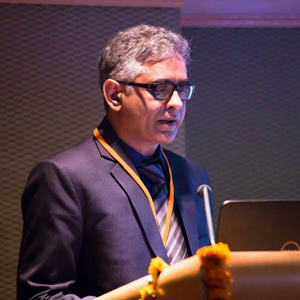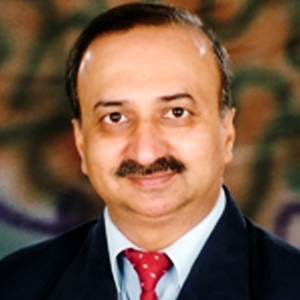
Like Lasik, SMILE can be used to treat myopia with good results. It is currently performed by more than 750 surgeons around the world. There is increasing support for the efficacy of SMILE to treat other eye conditions, including hyperopia. The results of SMILE in the treatment of hyperopia have been mixed, however. The procedure is primarily only used for myopia while additional research is completed into its use for other visual problems.
Because SMILE only relies on a small incision in the eye rather than cutting a thin flap in the corneal surface, patients may experience a shorter recovery time. They may also be less susceptible to developing dry eye from the sensitization of their corneas during the Lasik procedure. In contrast to the 20-millimeter incisions that are required in Lasik, the incisions in SMILE are only 2 to 4 millimeters. The smaller incisions make it less likely that people will suffer from infections following their procedures.
SMILE may be used to treat short-sightedness alone or short-sightedness with the presence of astigmatism. While SMILE is the latest cutting-edge laser eye procedure that is offered, it can be difficult to find surgeons who offer it.
The machine that is used is very expensive, and some surgeons are unwilling to go to the expense of purchasing the equipment that is needed for it, however.
During a SMILE procedure, the doctor uses eye drops to anaesthetize the eye. A speculum is then carefully positioned on the lids to keep the eye open and to prevent blinking. Using advanced femtosecond technology, the surgeon then creates a precise lenticule, which is a thin, circular piece of tissue. Using a high degree of skill, the surgeon then removes the lenticule through the tiny incision that was created in the eye.
The entire procedure lasts between 10 and 15 minutes, but the laser is only used for a small fraction of that time. After using the laser, the patient will be allowed to recover for a few minutes before the eye doctor returns, checks the eye, and allows the patient to leave.
Following a SMILE procedure, it is important that patients have arranged rides home. They will be given special eyewear to use to help with the healing process. The physical recovery of the tissue is much faster with SMILE as compared with Lasik. Since only a small incision is made instead of a flap, patients may resume most normal activities within a week, including swimming and outdoor recreational activities. By comparison, people who undergo Lasik are normally told to wait at least 15 days before resuming these types of activities. Patients may choose to take off time from work following the procedure, but they are free to return to their jobs within 7 days of receiving the SMILE procedure. When to return to work will depend on the requirements of a patient’s particular job.
SMILE is an extremely safe medical procedure. Since it is minimally invasive and relies on a small incision, patients do not have to worry about flap-related complications that may happen with Lasik procedures. People who choose SMILE may benefit from the flapless treatment as follows:

Dr. Sharma is Director, Genesis Eye Janakpuri and Senior Consultant at Eye7 Hospital Janakpuri, New Delhi, prior to which he was Director and Senior Consultant Sharp Sight Center and Medfort Hospitals and Clinical Director Maxivision Eye Hospital, located at Janakpuri. He also ran a state of the art cataract and refractive center at Janakpuri in West Delhi, The First Sight Centre which was equipped with the latest refractive and cataract machines.
Dr. Sharma passed out from AIIMS from the prestigious Dr. Rajendra Prasad Centre for Ophthalmic sciences in 1991. He did his Senior residency as well from A.I.I.M.S. He has been a pioneer in Femto cataract and refractive surgery in India read more

Dr Kakkar is Recognized as a leader in the plastic surgery and anti-aging medicine. For several years he has helped hundreds of patients to make them look and feel better, safely and effectively. Every effort is made to ensure your comfort and confidentiality while focusing on helping you achieve your aesthetic and reconstructive goals. He and his staff are dedicated to providing you with the finest possible medical services with individualized and personalized care.
Dr. Kakkar performs all surgical procedures in a state-of-the-art surgical facility. Pre and post operative care is provided with the support of a highly trained staff for surgical assistance, nursing care, anesthesia, and recovery read more